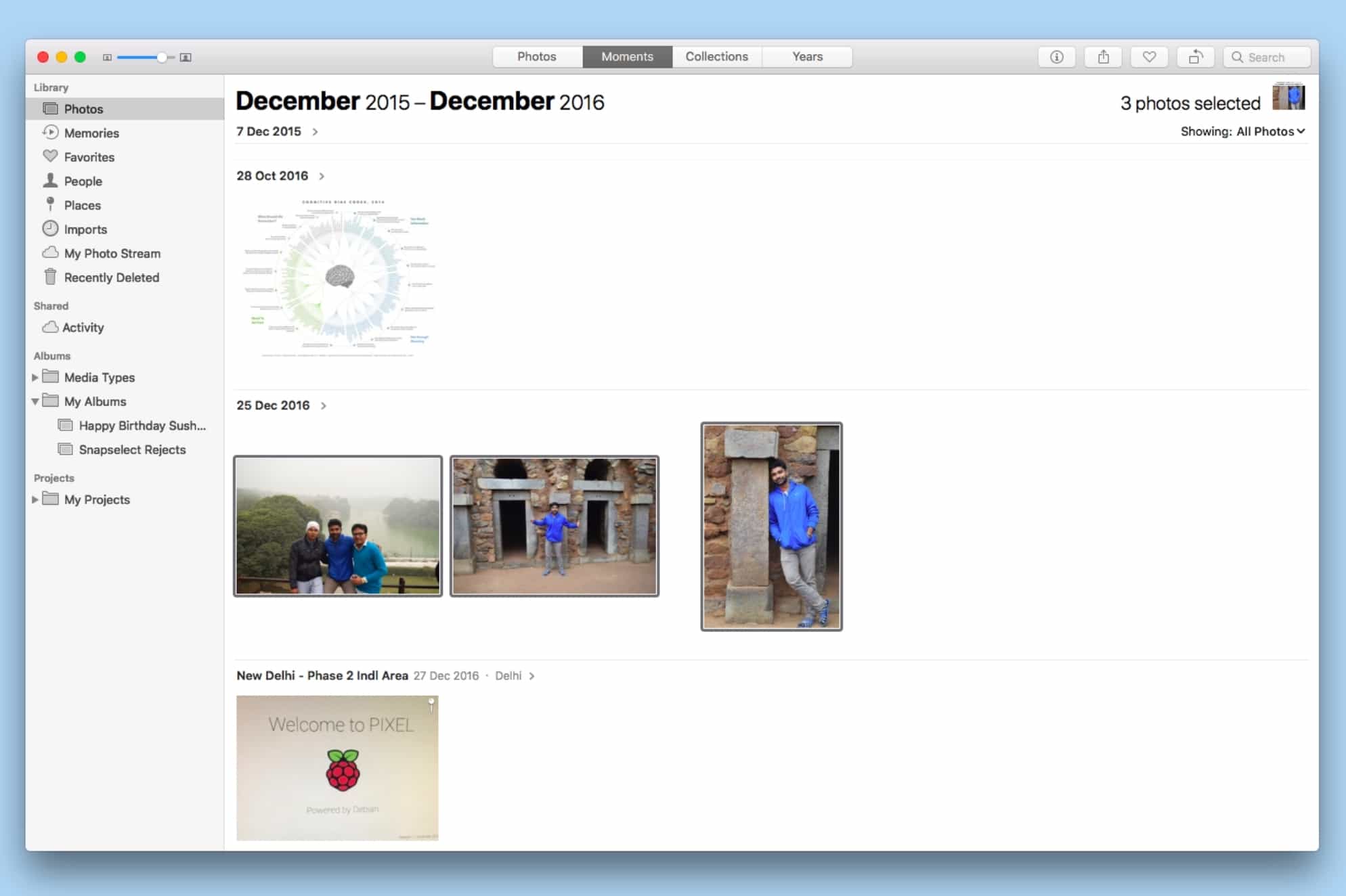
It’s certainly more cluttered than the old approach, but you no longer have to remember if a particular effect is in the Filters, Adjust, or Retouch section. You can click disclosure triangles to show additional editing options, or hide them away entirely. Instead of having to hunt for them, they’re all there in the sidebar together.
(One-click Enhance is now an icon at the top right of the screen, next to the Done button.) Clicking the Crop tab will bring up the Crop functions of Photos, largely unchanged clicking Filters will bring up a revamped set of nine pre-built image filter presets, three variations each on three different styles (Vivid, Dramatic, and black and white).Įvery advanced editing tool now lives under the Adjust tab, including the new Curves and Selective Color tools.Įverything else-all the more advanced editing tools-now live under the Adjust tab.

Tabs at the top let you toggle between three different editing views: Adjust, Filters, and Crop. With Photos on High Sierra, when you edit a photo you’re taken to an interface with a sidebar as well as a toolbar. There are nine new filter presets, replacing the older ones. You could click through to any of them to reveal a subset of editing tools-or in the case of Enhance, do a one-click global enhancement to your photo. Previously, when you decided to edit a photo, you’d be presented with a sidebar containing seven icons: Enhance, Rotate, Crop, Filters, Adjust, Retouch, and Extensions. Perhaps the biggest changes in Photos are in the editing pane. (This is all aided by the fact that unlike JPEG, the HEIF format allows Apple to embed multiple images and depth-sensing data inside the HEIF file, so all that data carries along with the file up to iCloud Photo Library and back down to the Mac.) This means that if you edit a photo taken in portrait mode on an iPhone 7 Plus, 8 Plus, or X running iOS 11, you can edit the portrait effects.

Photos for High Sierra supports the same portrait effects supported in iOS 11. (Because these formats are not supported on Sierra, Macs that are still back on Sierra will be able to view low-resolution derivative files synced via iCloud Photo Library, but not edit them.) If you share your photos (or drag them into the Finder), Photos will transcode them to JPEG and H.264, because Apple realizes that many devices can’t yet understand the formats. Photos for High Sierra supports these formats natively, as you’d expect. Instead, they use the new High Efficiency Video Codec (HEVC) for video and HEIF (pronounced “heef”) for photos.
#Iphoto for mac high sierra pro
Beginning with iOS 11, the iPhone 7 and later and the latest generation of iPad Pro models no longer capture photos and video in the JPEG and H.264 formats they’ve previously used-at least by default. Here’s a look at the changes and new features in Photos for Mac on macOS High Sierra.

I literally wrote the book on Photos, so it’s been interesting to watch Apple’s replacement for iPhoto as it has grown and changed. One of the major areas of improvement in macOS High Sierra is to the Photos app, which is only a couple of years old and has plenty of room to grow. What’s new in Photos for macOS High Sierra


 0 kommentar(er)
0 kommentar(er)
